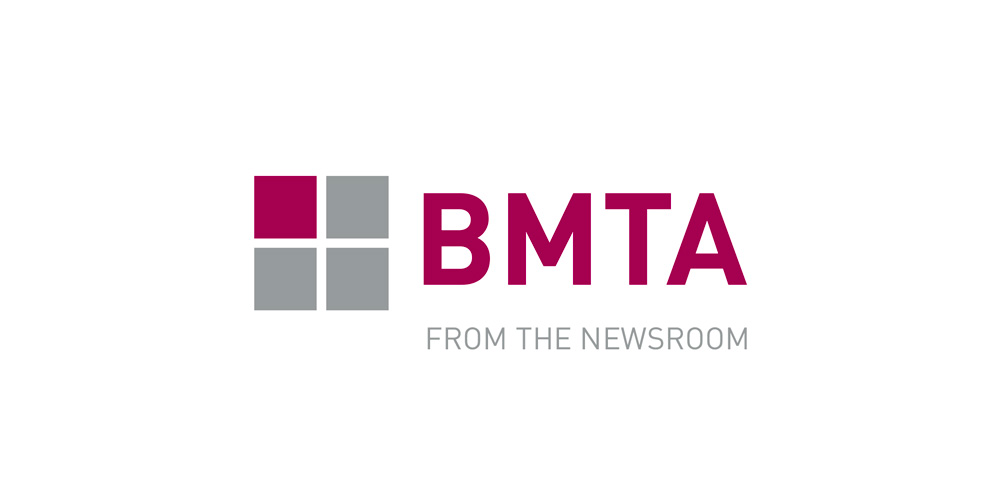
Professor Maurice Cox, from the National Physical Laboratory will be coordinating EMPIR project EMUE Workshop Event on 21-22 January 2020 at LNE in Paris.
The workshop will showcase many practical examples of measurement uncertainty evaluation. The examples cover the areas of calibration, testing, comparison and conformance, and embrace the sectors of energy, environment, quality of life, industry and society.
This project provides a comprehensive set of worked examples illustrating how the principles of measurement uncertainty evaluation can support and give added value to normative and related practices.
It aims to promote the harmonised evaluation of measurement uncertainty according to internationally recognised standards and guides across broad disciplines of measurement.
To achieve this objective the project will deliver new or improved adaptable examples of and templates for uncertainty evaluation to the Joint Committee for Guides in Metrology (JCGM) as publishers of the internationally acknowledged Guide to the expression of uncertainty in measurement. Further, the project will provide examples to some ten standardisation committees that are specifically related to the standards they are developing.
EUROLAB will disseminate project results to national associations, reaching about 2 000 laboratories and conformity assessment bodies with activities in testing, inspection and certification, with about 100 000 members in all. By these means, the project will strongly disseminate good uncertainty evaluation practice to an extremely wide circle of end-users.
Objectives
The overall objective is to provide a comprehensive set of new and improved examples to illustrate uncertainty evaluation methods that are in accordance with the GUM and related suite of documents. Some examples will concern the traditional metrology areas of calibration, testing, comparison and conformance evaluation. Selected examples will relate to the thematic areas of environment, energy, quality of life, and industry and society.
The examples will be offered to the JCGM and its member organisations (BIPM, IEC, IFCC, ILAC, ISO, IUPAC, IUPAP and OIML) for use in the developing examples document JCGM 110, which will illustrate the application of the GUM suite of documents. They will also be provided to standards committees and other organisations that have expressed a need for them.
The specific objectives are:
- To develop examples of measurement uncertainty evaluations capable of acting as template solutions that end users can use for related problems. Examples will include measurement model construction using JCGM 103, application of uncertainty evaluation principles for addressing industrial conformity assessments to support JCGM 106, and taking correlations into account as requested by ISO/REMCO, the ISO committee concerned with reference materials.
- To derive worked examples of uncertainty analyses using the GUM and other methods to assist users to make informed choices on an appropriate uncertainty evaluation method to use. Examples will include an examination of the extent to which the GUM is appropriate for certain applications or whether the Monte Carlo methods of GUM Supplements 1 and 2, or Bayesian methods, have greater efficacy.
- To collaborate with JCGM/WG1 (the chief stakeholder), and the standardisation, regulatory and accreditation communities (ISO/REMCO, IEC, CEN, OIML, and ILAC) to ensure that the outputs of the project are aligned with their needs, communicated quickly, and in a form that can readily be incorporated into the JCGM Guides and other documents.
